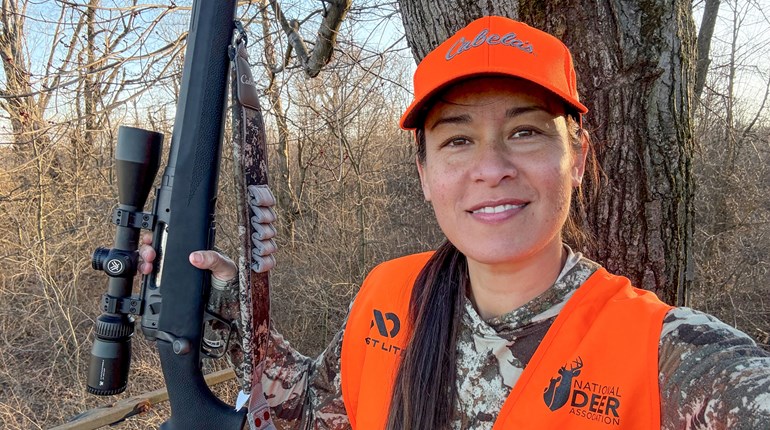How old is the deer you just harvested? As we and our friends at the National Deer Association discussed last month, it's possible to give an educated guess on a deer's age right through your binocular. From the size of its neck to the depth of its belly, whitetail bucks are nearly as easy to "age" as a human, if you know what to look for. But there's one thing that you can't see through a riflescope, and that one thing is a much better gauge for a deer's age: its teeth.
In fact, simply examining your deer's teeth will give you approximately 87% accuracy. So how do you do it? When it comes to aging deer by dentition, there are two things to look for: which teeth have "erupted" (e.g., emerged from the gums), and how worn those teeth are. This will give you an idea of which general age category the deer falls into. Those choices are fawn, 1.5 years, and 2.5 years and older.
By the way, have you ever noticed that when we talk about how old a deer is, we use half-year increments? For example, when we say "yearling," we mean a deer that's a year and a half old. That's because deer are born in the spring, and we hunt them in the fall.
Knowing how old your deer was is important for a few reasons. If you're looking for "big racks," you should know that yearlings and 2.5-year-olds have not yet reached their genetic potential for antler growth. This is also very important information for wildlife biologists as part of determining herd health.
In this terrific video, you'll learn from the experts why you can and should "look a 'gift horse' in the mouth."



























